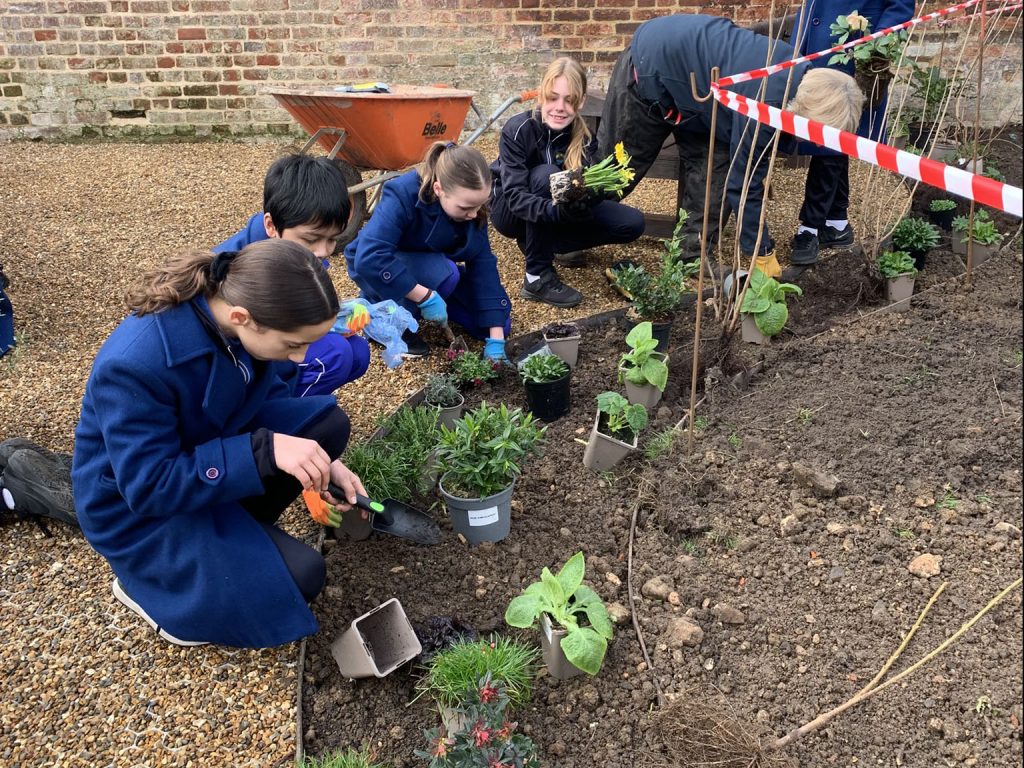WAR MEMORIAL: The First World War Memorial to the men of the parish of Moulsham who lost their lives in that conflict was unveiled at St. John’s on Sunday 7th November 1920.
The cost of the memorial, raised by voluntary subscription, amounted to over £200. As this was the first memorial of a public nature to be erected within the Borough of Chelmsford, the unveiling ceremony was attended by a very large number of people. There was also a crowded congregation in the church, where an impressive service was conducted by the Rev. R. F. Burnett, who wore his uniform as hon. chaplain to the Forces.
You can find extensive information about the individuals named on the memorial here:
http://www.chelmsfordwarmemorial.co.uk/first-world-war/moulsham/
TIDBOLD TOMB: The tomb here belongs to Thomas Tidboald and his wife, another generous benefactor to the church, who died in 1884. He came to Chelmsford originally from Devon, and prospered as a grocer and confectioner. He served the church diligently for many years as churchwarden, and after his death, his wife gave very significant sums to expand St John’s school next door. A memorial inscription to her can been seen on the front of the existing building, now part of St John’s Court.
WACKRILL TOMB: Another tomb here commemorates the Wackrill family (more confectioners) who again served as churchwardens and in other offices in the church. The Misses Wackrill (the daughters never married) were outstanding needlewomen and the church still possesses some of their embroidery for use on the altar.

Family Fun
War Memorials like ours were created all over the country in the 1920s, after World War One had come to an end. There are around 100 thousand memorials in the UK.
They are important because they help us to remember the individual people who gave their lives in battle, fighting for their country.
Activity
Walk around the memorial and choose a name that stands out to you. Try to picture what that person might have looked like in their uniform. What were their favourite hobbies? What did they like to eat?
Fact
We often place poppies on war memorials because they are a well-known symbol of remembrance. This was inspired by a famous WW1 poem called ‘In Flanders Fields’ (Flanders was an area in Belgium and France where many battles took place during the war). Here is the first verse of the poem. Try reading it in your head or even out loud:
In Flanders fields the poppies blow
Between the crosses, row on row,
That mark our place; and in the sky
The larks, still bravely singing, fly
Scarce heard amid the guns below.

Discover the stories woven into the green heart of our community. As you wander around the church yard, explore the history, nature and shared memories with friends and family.